If you’re currently using water jet cutting at your facility, then you know how important your cutting system is to your everyday operations. However, you may not be aware of just how important water quality is to the overall operation of your water jet system.
Water is a critical component of water jet systems and is utilized in two very important and distinctive ways: processing and cooling. Poor quality process or cooling water can have a significant negative impact on your machine reducing component life and increasing the amount of maintenance required. Providing your machine with high-quality water will increase its performance and operational life.
Process Water and Cooling Defined
Let’s explore the role of Process Water and Cooling Water and examine why they are so important to equipment performance.
-
Process Water
- Process water is the water that is supplied to the high-pressure pump and used by the cutting head to cut the material. Due to the high pressures the equipment operates under, impurities create an exaggerated wear on intensifier pump check valves and seals, high pressure lines, orifices, and nozzles. It’s crucial that this water is free of hardness, have reduced concentration of Total Dissolved Solids (TDS) and has a pH level within acceptable operating levels (typically between 6.5 and 8.5 pH).
- A Water Quality Analysis should be performed by a Water Purification Expert as detailed in the Water Quality Analysis section of this report. If your water supply is too hard, it can be pre-treated using one of three methods ranging from least intensive to most intensive:
-
- Standard softening
- Deionizing
- Reverse osmosis
-
-
Cooling Water
- Cooling water is introduced directly from a tap into the hydraulic loop via a heat exchanger and is used to cool the hydraulic fluid in the pump system. Its goal is to keep the hydraulic fluid within operating spec (not greater than 120 degrees Fahrenheit). Should the inlet cooling water temp exceed 70 degrees a chiller is required to lower the water temperature so as not to overheat the pump. It’s important to check your pump’s specs for heat removal requirements to determine the required flow and/or closed loop cooling circuit sizing.
Process Water Quality and Its Impact on Cutting Performance
Process Water Quality
Process water quality is defined by the impurities found in the water. Total Dissolved Solids, high silica contents, high PH levels all create abrasion in your high pressure systems. That abrasion has a direct impact on the service life of the pump components. Since the Process Water is being used by the cutting system to make the cuts, seal failures and nozzle wear can lead to a decline in cutting performance. High concentrations of dissolved solids in the process water also causes accelerated wear of the components and shortens the life of the pump overall. In order to reduce these risks, you may have to pre-treat your water before introducing it to the pump. This is done by removing and/or reducing hardness, reducing the dissolved solids, and/or changing the pH level of the water. Various methods including water softening, deionizing (DI) or reverse osmosis (RO) may be employed. Water softening is an ion exchange process that removes scale forming minerals such as calcium. TDS reduction can be accomplished with either deionizing (DI) or reverse osmosis (RO) equipment. DI or RO will usually provide better component life than a water softening processes.
Cooling Water Quality and Its Impact on System Performance
Cooling Water Quality
Cooling water may be introduced with regular tap water or from a closed-loop system. The physical process of pressurizing water within the intensifier pump generates heat and contributes to a rise in process water temperature. Heat exchangers are used to dissipate this heat, however, in situations where heavy mineral deposits exist in your water, the heat exchanger tubes may become clogged and restricted by these deposits. Ambient temperature may also play a role in the heat rise. The inlet water temperature in most pumps should never exceed 70 degrees – if it does, pre-cooling of the process water is needed. Chillers are an excellent choice to fill this roll and when used in conjunction with closed-loop systems are extremely effective at keeping process water temps within spec. Keeping the water temp within spec will lengthen time between pump maintenance intervals and lengthen the life of the system.
For more information on maintaining your pump, check out our pump maintenance video and guide series:
- Part 1: Accumulator Pressure Check
- Part 2: Bleed Down Valve Repair
- Part 3: High Pressure Seal Change/Repair
- Part 4: Flushing the High-Pressure Water System
Water Quality Analysis
Water quality varies greatly city to city and by geographical region. This creates a need for a water quality analysis during the installation process of your water jet cutting system. A good water quality analysis should examine the following:
- TDS (Total Dissolved Solids)
- Low TDS (less than 100ppm)
- Good quality, treated by low-level softening
- Moderate TDS (100 to 200ppm)
- Can be treated with softening or TDS reduction
- High TDS (greater than 200ppm)
- Considered poor quality feed water and needs to be treated aggressively with reverse osmosis and/or deionizing
- Low TDS (less than 100ppm)
- Silica content
- High silica content (greater than 15ppm) can only be removed with reverse osmosis and/or deionization
- pH Values
- The inlet water must have a pH value between 6.5 and 8.5 and can be treated to achieve this
- Carbon filtration can be used to remove odors (great for food cutting applications)
Talk to Your Manufacturer
Feeding your system clean, treated water can extend the life of your pump and the components as well as extend the amount of time between maintenance intervals. The longer your machine stays running at peak performance, the less downtime it requires, and the higher its productivity becomes. Talk to your manufacturer if you’re concerned about the quality of your water and discuss potential mitigation options.
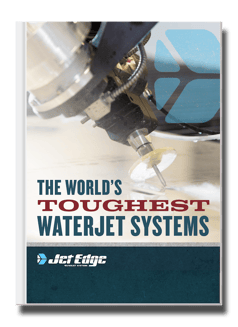
Check Out Our Digital Brochure!
Since 1984, Jet Edge has been designing and manufacturing Ultra-High-Pressure Water jet technology that doesn't back down. Our systems are used around the world in a broad range of industries from the world's leading airlines, to automotive, aerospace and industrial manufacturers, and machine job shops.
To learn more about the Jet Edge difference, our water jet motion systems, pumps and much more, click the button "Download Brochure" to get it now!

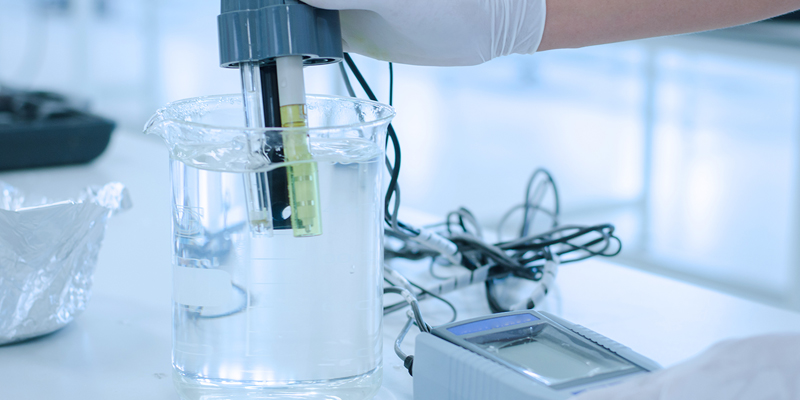

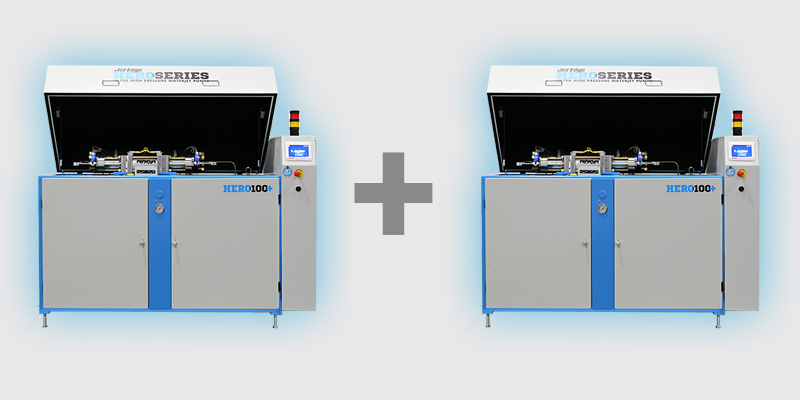

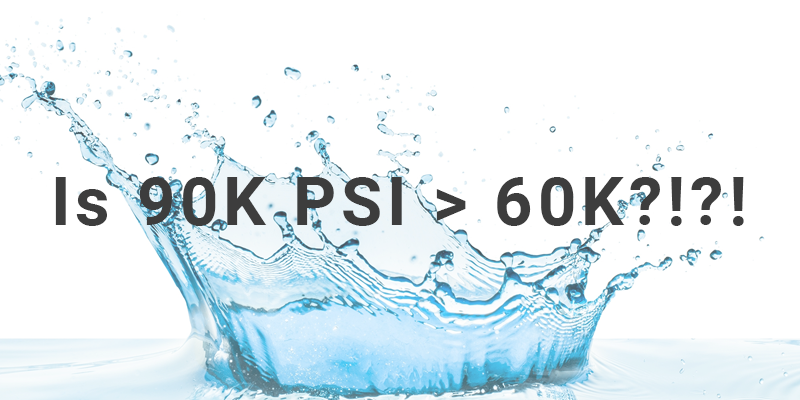
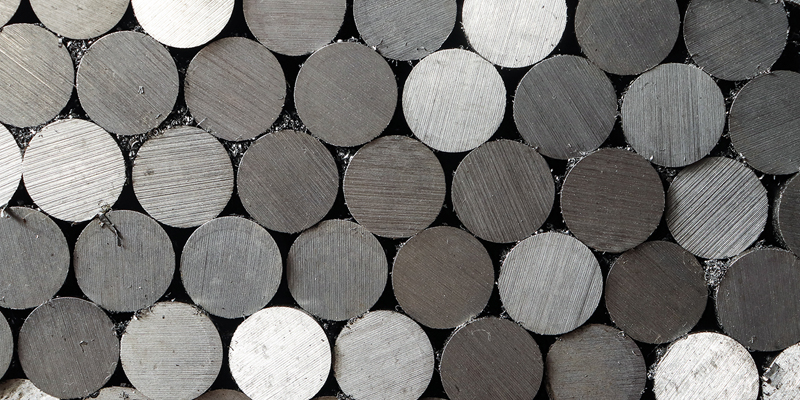
%20-%20Jet%20Edge%20Waterjets.png)



